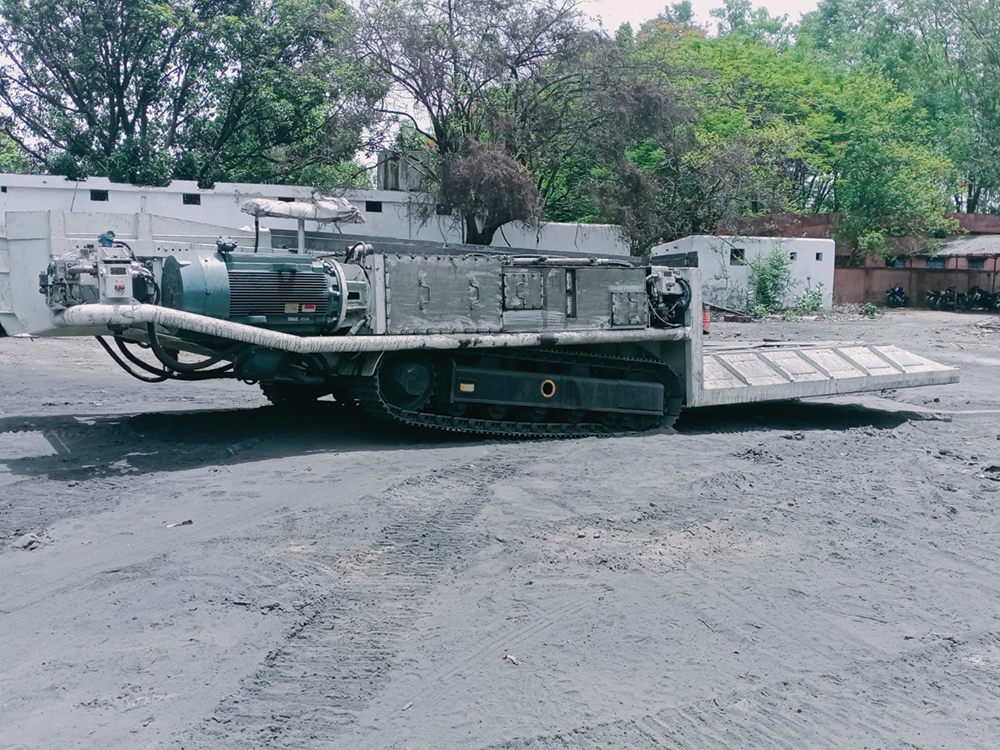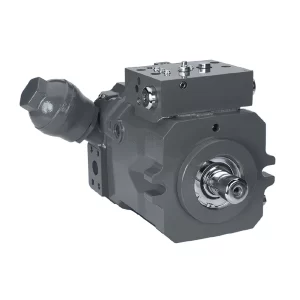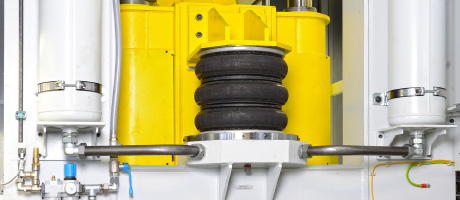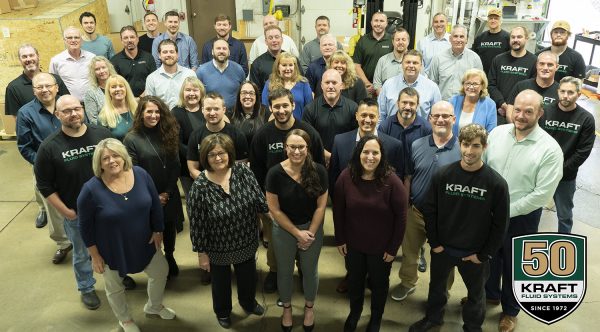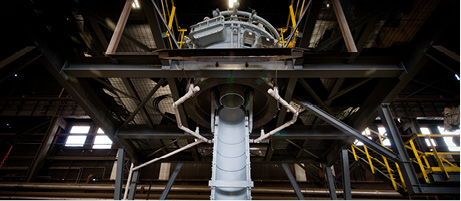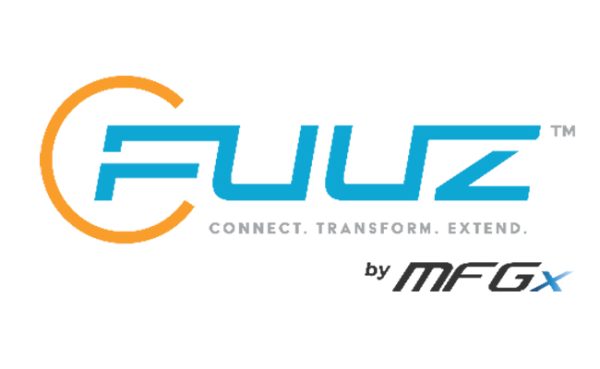Case Study: Making an Electric Drive Hydraulic
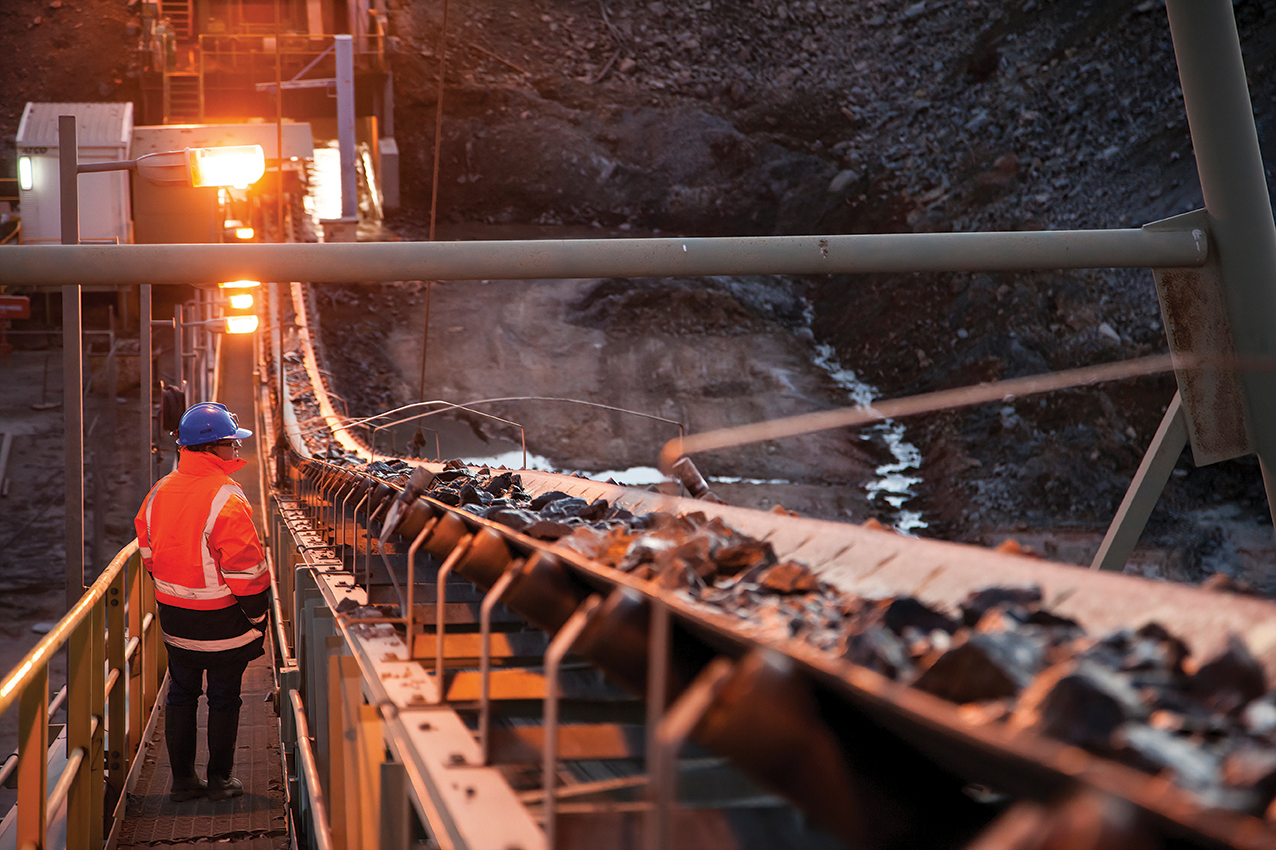
By Murali Kailasam, Product Application Engineer, and Regis Jose, Senior Account Manager, Danfoss Power Solutions.
FLSmidth, a multinational engineering company headquartered in Copenhagen with more than 10,000 employees in the mining, mineral, and cement industries, received a request from a coal mine in India for its feeder breaker machines.
Feeder breakers are one of the company’s material handling solutions. These systems control the size and flow of material, in this case coal. They break down or crush extracted minerals, and each feeder breaker is customizable to end-user requirements. It does this with precision, speed, and continuity. Inconsistencies in mining materials can have a detrimental effect as they pass through subsequent processing stages. Feeder breakers can prevent blockages and other damage that can affect overall productivity.
Danfoss Power Solutions was tasked with changing the drive system from electric to hydraulic to meet specific customer demands.
The feeder breaker’s popularity
Feeder breakers are becoming increasingly popular in mining applications because they are efficient, maintenance friendly, and convenient. Modern feeder breaker systems are essentially composed of a feeder and crusher in a single, compact, low-profile, horizontal unit. By contrast, a more traditional feeder sizer arrangement uses two pieces of equipment to achieve the same result, but it requires additional structures and civil engineering support.
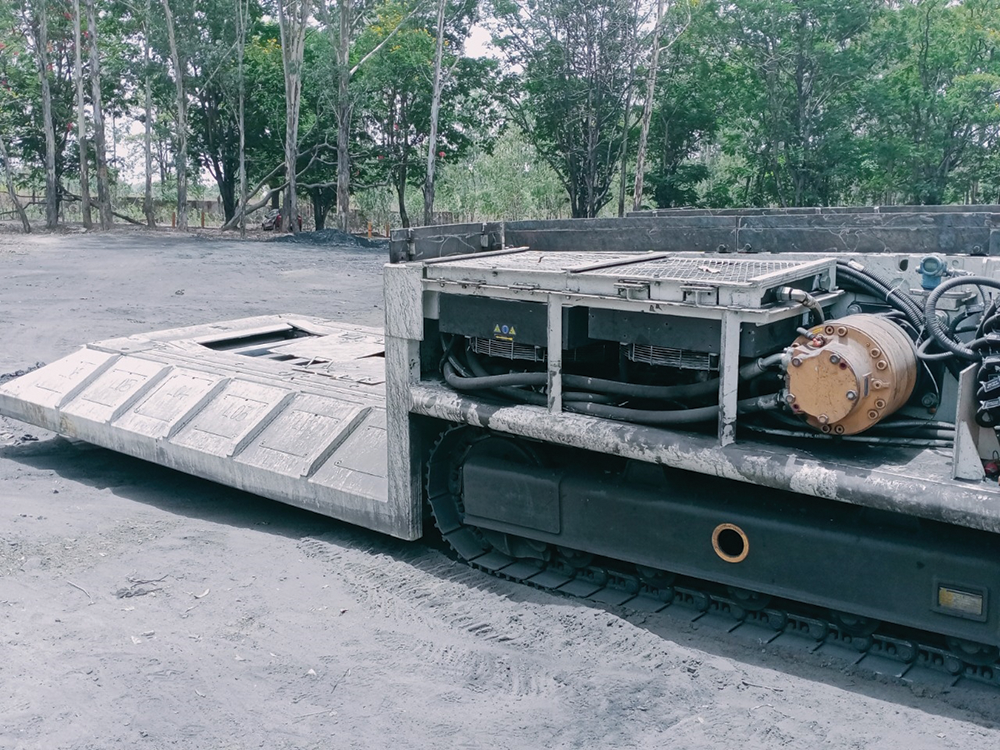
A feeder breaker has a number of advantages over a feeder sizer, including lower capital and infrastructure costs. Operational, maintenance, and running costs are lower with a feeder breaker as a result of its smaller vertical and horizontal footprint. It requires no primary sizer structure, access platform, or maintenance. Feeder breakers use less power and have fewer moving parts, which reduces inventory, maintenance, and storage costs.
The feeder breaker application at the mine in India was demanding for several reasons, including the proposed location at a depth of around 1 km (0.62 miles) below ground that is only accessible via 5 km (3 miles) of slope. As a result, reliability, uptime, and efficiency became major priorities.
Although an existing feeder breaker design is being used in South Africa, the end customer in India insisted on an all-hydraulic drive and auxiliary system, rather than the South African design of an electrical drive and auxiliary system hydraulics. Most current machinery in Indian coal mines uses hydraulics, and one of the principal reservations about flame-proof electrical drives centered on maintenance, as flame-proof electric drive failure and replacement is costly compared to hydraulic alternatives.
As a further requirement, there was agreement that switching from the existing fixed displacement gear pump to a load-sensing piston pump would improve energy efficiency and allow optimization of the cooling unit to minimize space requirements, easing transportation during the long journey underground.
Key components
FLSmidth feeder breakers contain several subsystems, including a breaker drive, conveyor drive, track/tram drive, and a bed-lifting system. The breaker drive supports the sizing of the extracted coal before transferring it to the main conveyor, while the machine conveyor feeds the coal toward the breaker drive for sizing before transferring it to the main conveyor. The track drive maneuvers the feeder breaker within the mine.
Due to its demanding work and location, optimal system design and product selection were critical, centered on components such as the pump, valve block, hydraulic motor and drive, tank, filters, air breathers, and more. The user insisted on in-field commissioning and fine tuning of such an advanced system, where the support of on-site software engineers would prove pivotal.
With ever-tightening margins in industrial mining, the efficiency of individual pieces of equipment alongside operational and maintenance processes becomes increasingly critical. Making the right decision regarding pump design can deliver considerable advantages in safe, efficient, and profitable mine operations.
With these thoughts in mind, both closed- and open-circuit axial piston pumps from Danfoss formed part of the solution. The breaker drive employs a closed loop pump with remote hydraulic pilot control. Notably, the breaker drive’s hydrostatic system is in continuous operation, determining the choice of a closed-circuit solution, which is more energy efficient than an open-circuit counterpart. There was also a constraint on space, and using a hydrostatic closed loop pump considerably reduced the associated tank size.
Danfoss’s open loop pressure-compensated pumps serve the conveyor, track, and auxiliary (cooling, machine lifting) drives on the feeder breaker system.
Axial piston pumps deliver precision and durability, packing as much power as possible into the smallest space. Users can expect predictable and stable torque performance, leading to improved power output and maximum operating efficiency, even in low-speed, high-pressure applications. Axial piston pumps also offer long service life under extreme-duty cycles like those in the Indian coal mine.
The exact efficiency gains are difficult to estimate; the previous feeder breaker design used in South Africa meant that no benchmark comparisons were available. However, theoretical efficiency gain is estimated to be 15-20%. Piston pumps also offer a long operating life subject to the consistent implementation of service criteria and scheduled cleaning routines.
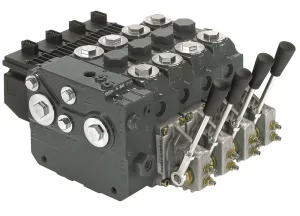
Danfoss PVG valve
Supporting technologies
Complementing the pumps is a Danfoss modular proportional valve block with explosion-proof coils that negate potential ignition sources in mines, where accumulated coal dust and gases such as methane are hazardous. These electrohydraulic valves integrate multiple functions in a compact dimensional envelope. Providing an almost infinite number of configurations, from simple load sensing to CAN bus communication, for smooth and consistent machine control.
Additional Danfoss components such as hoses and screw-in and proportional cartridge valves contributed to the turnkey solution, alongside third-party and local products like hydraulic motors, filters, pressure sensors, and stainless steel tank with temperature and level sensors.
The selection of a Danfoss programmable controller hinged on its ability to facilitate easy management of every system function, coupled with fast processing power, a software-configurable I/O system, and rugged construction to handle the mine environment. Notably, the system required a controls architecture featuring an intelligent interlock system. Monitoring interlock conditions via pressure, temperature, and level transducers would facilitate safe operations for mine employees
The Danfoss software and applications team worked closely with FLSmidth to develop a complete turnkey solution. In essence, when the conveyor and breaker drives are running, the track/tram drive cannot function as the hydraulic system level interlocks with the electrical motors. The intelligent system also includes safe operation mode for emergency conditions, and auto run-off to provide additional safety. In addition, there is a built-in diagnostics function, so if anything goes wrong the system can help to quickly identify the potential cause. Of particular note, the system solution is completely digital with no manual lever operation required for normal operational control. However, manual overrides are provided for track drive operation in case of emergency operation.
The space challenge
Another issue for the end user was space. With the feeder breaker located deep underground and at a location accessible only through small tunnels, it was clearly an unrealistic proposition economically to change the tunnel geometry so it could accommodate a large cooler for the feeder breaker. A sensible solution required reasonable working temperatures for the feeder breaker. With ground surface temperatures outside the mine as high as 50°C (122°F) in summer, the temperature inside the mine can reach 35°C (95°F), even at a depth of 1 km (0.62 miles).
Again, the switch from a gear pump to a piston pump provided the answer. That’s because, when using a gear pump or other type of fixed-delivery pump, heat becomes an issue, which in turn necessitates larger coolers.
Piston pumps, on the other hand, are more efficient thanks to reduced heat losses, particularly in the closed loop system used on the breaker drive. Although it is impossible to eliminate the need for a cooler entirely, adopting a piston pump design allows for smaller cooling equipment and an optimized schematic layout that facilitates easier transportation and installation.
Problem solved
By recommending a move from a flame-proof electrical system to hydraulic drives, Danfoss ultimately resolved all the mine application challenges involving reliability, energy efficiency, excess heat, space constraints, and fire hazards. The company successfully commissioned the first feeder breaker to the customer’s satisfaction, an outcome achieved by working closely with FLSmidth and the end user during the customized design and build process, including on-site installation and testing. Further support was provided by a software engineer stationed at the customer site to fix any unforeseen issues and ensure all functions worked as intended.
The Indian mining company enjoys the benefits of major improvements in production efficiency and mechanical reliability that in turn deliver increased throughput, enhanced safety, and drastically reduced downtime with lower maintenance and energy costs.
Danfoss and FLSmidth achieved all this for an application that required rugged machinery to work flawlessly in cramped, harsh, and hazardous conditions. That is testament to both companies’ vision and teamwork, which will pay dividends long into the future.

